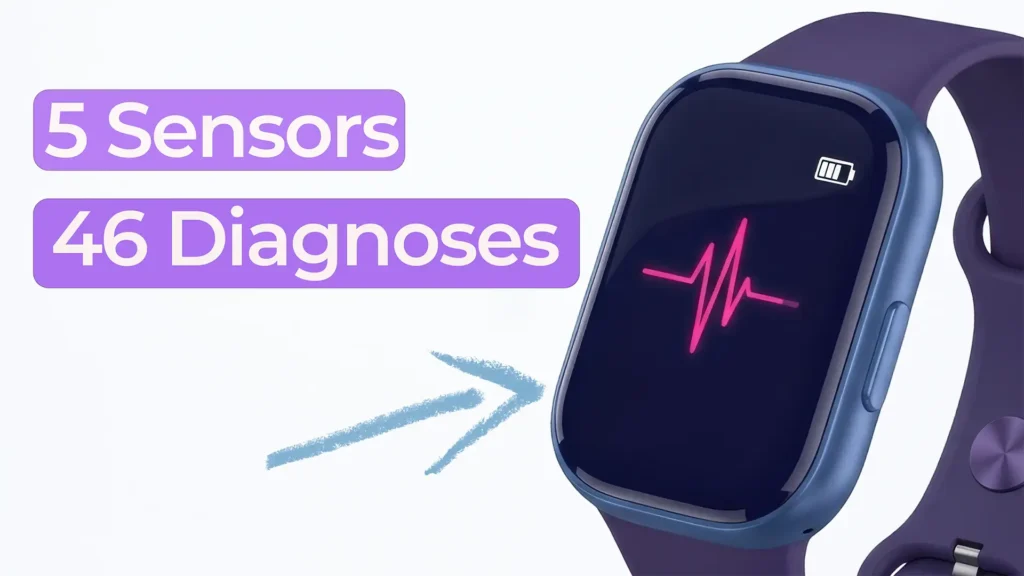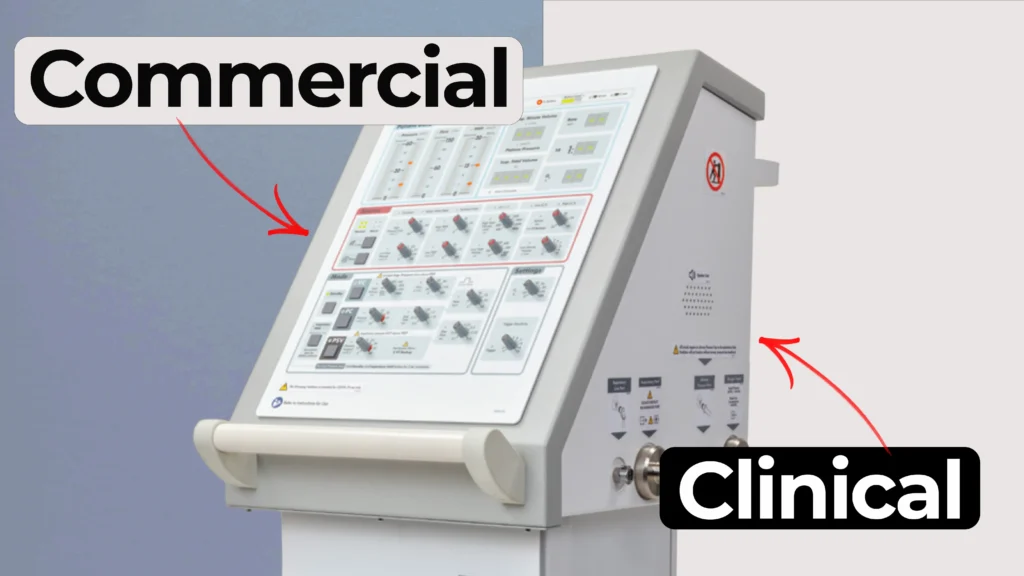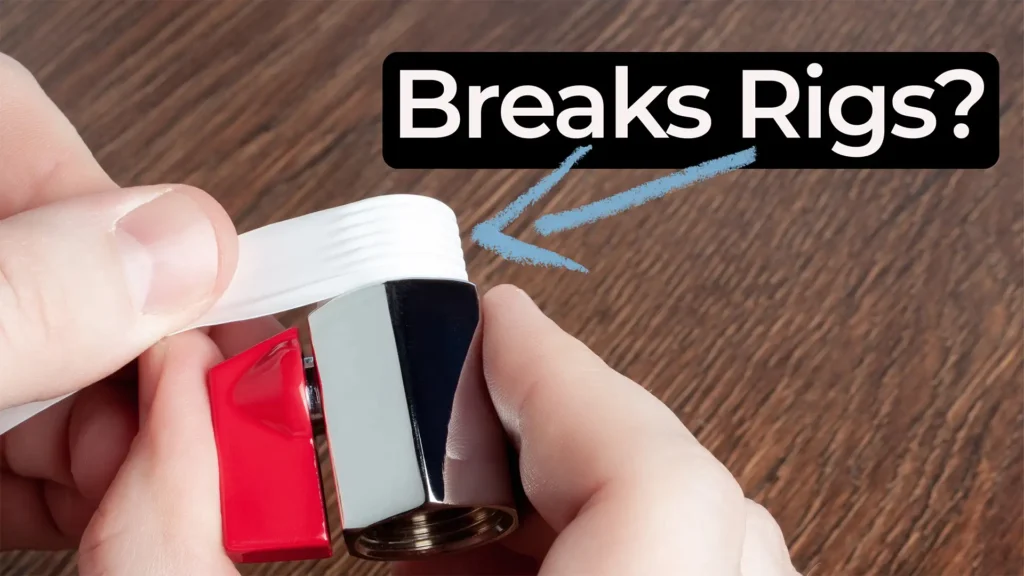
How the FDA Uses AI in Device Review
The FDA AI in device review process is evolving fast—and it may transform how regulatory teams navigate medical device submissions. In this episode of MedDevice by Design, we explore how the FDA is using artificial intelligence internally to accelerate 510(k) reviews, improve predicate searches, and streamline labeling and documentation checks.
FDA’s Internal AI Tools Are Expanding
The FDA has already appointed a Chief AI Officer and is developing internal tools, including a large language model rumored to be in collaboration with OpenAI. Starting in June 2025, these tools are expected to be rolled out across departments. These technologies are designed to support internal staff—not replace them.
Faster Reviews for Common Device Submissions
Class II devices such as blood pressure monitors and surgical gloves may benefit the most from FDA AI in device review workflows. By using trained AI models, reviewers can automate routine predicate searches, validate labeling against regulatory standards, and identify missing traceability in submission documents.
Why This Matters for Regulatory Professionals
While novel and high-risk devices will still require close human evaluation, AI promises to reduce the review burden for standard submissions. This allows regulatory and engineering teams to focus more on innovative product development. Instead of spending weeks preparing repetitive documentation, they can rely on automated feedback to guide improvements faster.
What Comes Next?
There’s still a lot we don’t know, but the FDA is clearly signaling that AI will be part of the future of regulatory review. The ability to streamline standard 510(k) submissions could help improve speed, consistency, and predictability in approvals—benefiting both regulators and medtech innovators.
Enjoying MedDevice by Design? Sign up to get new episodes sent to your inbox.
Related Resources

In this Bio Break episode, Nick and Nigel explore a surprising and memorable microbiology fact that puts everyday hand hygiene into perspective.

Nick and Nigel explore how a surprisingly small set of sensors could be used to identify a wide range of common health conditions.

Understanding how clinical ventilator development differs from commercial ventilator design is essential for teams planning early studies.

Nick walks through a practical Teflon tape lesson that came from real work supporting a mechanical test rig.
